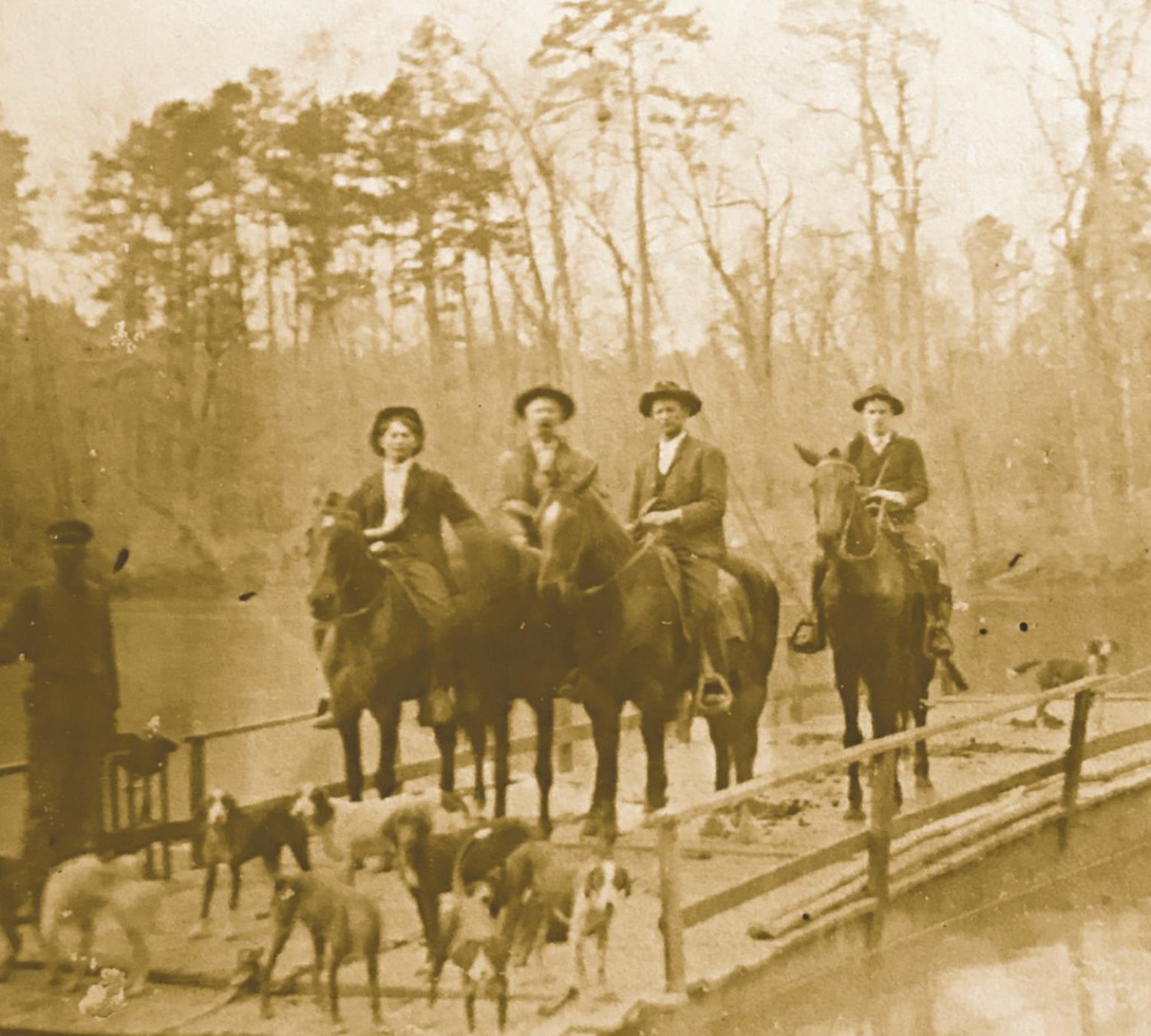How to cross rivers in colonial times
I n the colonial period, ferries were the only way to cross Saxe Gotha rivers. These ferries sometimes began as informal operations but were granted official authority to collect tolls by the …
This item is available in full to subscribers.
Subscribe to continue reading. Already a subscriber? Sign in
Get 50% of all subscriptions for a limited time. Subscribe today.
Please log in to continueNeed an account?
|
How to cross rivers in colonial times
In the colonial period, ferries were the only way to cross Saxe Gotha rivers. These ferries sometimes began as informal operations but were granted official authority to collect tolls by the colonial government.
Among those outside Lexington were the Hope and Wise ferries whose roads still bear their names today.
Martin Friday, whose ferry was on the Congaree near the quarry in modern-day Cayce, was granted such authority in 1754.
Wade Hampton I attempted to make crossing the Congaree easier by building a bridge in 1789 near the site of Friday’s Ferry, however, flooding soon destroyed it.
Hampton made 2 more attempts to build a crossing that could withstand flooding in the 1790s but gave up after his 3rd bridge was destroyed in January 1796.
JR Fennell is Lexington County Museum director.
Other items that may interest you







Comments
No comments on this item Please log in to comment by clicking here